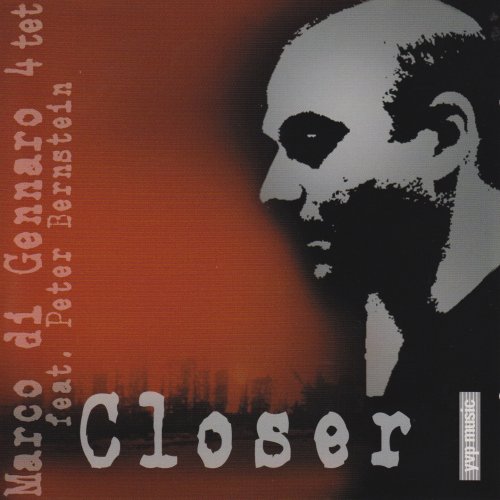David Oistrakh - The Art of David Oistrakh (2022 Remastered Version) (2022)
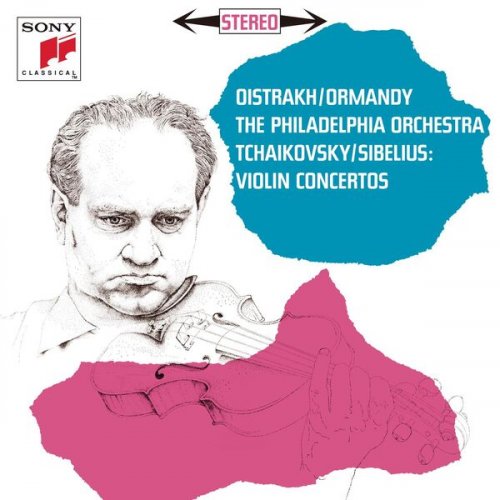
Artist: David Oistrakh, Isaac Stern, Eugene Ormandy, The Philadelphia Orchestra, Charles Münch, Boston Symphony Orchestra
Title: The Art of David Oistrakh (2022 Remastered Version)
Year Of Release: 2022
Label: Sony Classical
Genre: Classical
Quality: FLAC (tracks)
Total Time: 2:09:56
Total Size: 712 MB
WebSite: Album Preview
Tracklist:Title: The Art of David Oistrakh (2022 Remastered Version)
Year Of Release: 2022
Label: Sony Classical
Genre: Classical
Quality: FLAC (tracks)
Total Time: 2:09:56
Total Size: 712 MB
WebSite: Album Preview
Disc 1
1. David Oistrakh, Eugene Ormandy & The Philadelphia Orchestra – Violin Concerto in D Major, Op. 35, TH 59: I. Allegro moderato (2022 Remastered Version) (18:53)
2. David Oistrakh, Eugene Ormandy & The Philadelphia Orchestra – Violin Concerto in D Major, Op. 35, TH 59: II. Canzonetta. Andante (2022 Remastered Version) (06:39)
3. David Oistrakh, Eugene Ormandy & The Philadelphia Orchestra – Violin Concerto in D Major, Op. 35, TH 59: III. Finale. Allegro vivacissimo (2022 Remastered Version) (09:40)
4. David Oistrakh, Eugene Ormandy & The Philadelphia Orchestra – Violin Concerto in D Minor, Op. 47: I. Allegro moderato (2022 Remastered Version) (14:57)
5. David Oistrakh, Eugene Ormandy & The Philadelphia Orchestra – Violin Concerto in D Minor, Op. 47: II. Adagio di molto (2022 Remastered Version) (08:26)
6. David Oistrakh, Eugene Ormandy & The Philadelphia Orchestra – Violin Concerto in D Minor, Op. 47: III. Allegro ma non tanto (2022 Remastered Version) (07:27)
Disc 2
1. David Oistrakh, Isaac Stern, Eugene Ormandy & The Philadelphia Orchestra – Concerto for 2 Violins, Strings and Continuo in D Minor, RV 514: I. Allegro non molto (2022 Remastered Version) (04:07)
2. David Oistrakh, Isaac Stern, Eugene Ormandy & The Philadelphia Orchestra – Concerto for 2 Violins, Strings and Continuo in D Minor, RV 514: II. Adagio (2022 Remastered Version) (03:34)
3. David Oistrakh, Isaac Stern, Eugene Ormandy & The Philadelphia Orchestra – Concerto for 2 Violins, Strings and Continuo in D Minor, RV 514: III. Allegro molto (2022 Remastered Version) (03:17)
4. David Oistrakh, Isaac Stern, Eugene Ormandy, William R. Smith & The Philadelphia Orchestra – Concerto for 2 Violins, Strings and Continuo in C Minor, RV 509: I. Allegro ma poco e cantabile (2022 Remastered Version) (04:09)
5. David Oistrakh, Isaac Stern, Eugene Ormandy, William R. Smith & The Philadelphia Orchestra – Concerto for 2 Violins, Strings and Continuo in C Minor, RV 509: II. Andante molto (2022 Remastered Version) (02:54)
6. David Oistrakh, Isaac Stern, Eugene Ormandy, William R. Smith & The Philadelphia Orchestra – Concerto for 2 Violins, Strings and Continuo in C Minor, RV 509: III. Allegro (2022 Remastered Version) (02:50)
7. David Oistrakh, Isaac Stern, Eugene Ormandy, William R. Smith & The Philadelphia Orchestra – Concerto for 2 Violins, Strings and Continuo in G Minor, RV 517: I. Allegro (2022 Remastered Version) (03:33)
8. David Oistrakh, Isaac Stern, Eugene Ormandy, William R. Smith & The Philadelphia Orchestra – Concerto for 2 Violins, Strings and Continuo in G Minor, RV 517: II. Andante (2022 Remastered Version) (02:08)
9. David Oistrakh, Isaac Stern, Eugene Ormandy, William R. Smith & The Philadelphia Orchestra – Concerto for 2 Violins, Strings and Continuo in G Minor, RV 517: III. [ ] [2022 Remastered Version] (03:34)
10. David Oistrakh, Isaac Stern, Eugene Ormandy & The Philadelphia Orchestra – Concerto for 2 Violins and Strings in D Major, RV 512: I. Allegro molto (2022 Remastered Version) (03:11)
11. David Oistrakh, Isaac Stern, Eugene Ormandy & The Philadelphia Orchestra – Concerto for 2 Violins and Strings in D Major, RV 512: II. Largo (2022 Remastered Version) (02:39)
12. David Oistrakh, Isaac Stern, Eugene Ormandy & The Philadelphia Orchestra – Concerto for 2 Violins and Strings in D Major, RV 512: III. Allegro (2022 Remastered Version) (03:09)
13. David Oistrakh, Charles Münch & Boston Symphony Orchestra – Poème, Op.25 (2022 Remastered Version) (15:36)
14. David Oistrakh, Charles Münch & Boston Symphony Orchestra – Introduction et rondo capriccioso, Op. 28 (2022 Remastered Version) (09:04)
David Oistrakh is considered the premiere violinist of mid-20th century Soviet Union. His recorded legacy includes nearly the entire standard violin repertory up to and including Prokofiev and Bartók. Oistrakh's violin studies began in 1913 with famed teacher Pyotr Stolyarsky. Later he officially joined Stolyarsky's class at the Odessa Conservatory, graduating in 1926 by playing Prokofiev's First Violin Concerto. Performances of the Glazunov concerto in Odessa and Kiev in 1927, and a 1928 debut in Leningrad (Tchaikovsky concerto), gave Oistrakh the confidence to move to Moscow. He made his premiere there in early 1929, but the event went largely unnoticed. In 1934, however, after several years of patiently refining his craft, Oistrakh was invited to join the Moscow Conservatory, eventually rising to the rank of full professor in 1939.
Meanwhile, Oistrakh was gaining success on the competition circuit, winning the 1930 All-Ukrainian contest, and the All-Soviet competition three years later. In 1935 he took second prize at the Wieniawski competition. In 1937 the Soviet government sent the now veteran violinist to Brussels to compete in the International Ysaÿe Competition, where he took home first prize.
With his victory in Brussels, Soviet composers began to take notice of their young compatriot, enabling Oistrakh to work closely with Myaskovsky and Khachaturian on their concertos in 1939 and 1940, respectively. In addition, his close friendship with Shostakovich led the composer to write two concertos for the instrument (the first of which Oistrakh played at his, and its, triumphant American premiere in 1955). During the 1940s Oistrakh's active performing schedule took him across the Soviet Union but his international career had to wait until the 1950s, when the political climate had cooled enough for Soviet artists to be welcomed in the capitals of the West.
The remaining decades of Oistrakh's life were devoted to maintaining the highest possible standards of excellence throughout an exhausting touring schedule (he returned to the U.S. six times in the 1960s), and he began a small but successful sideline career as an orchestral conductor. His death came suddenly in Amsterdam in 1974, during a cycle of Brahms concerts in which he both played and conducted. Oistrakh's unexpected death left a void in the Soviet musical world which was never really filled.
Throughout his career David Oistrakh was known for his honest, warm personality; he developed close friendships with many of the leading musicians of the day. His violin technique was virtually flawless, though he never allowed purely physical matters to dominate his musical performances. He always demanded of himself (and his students) that musical proficiency, intelligence, and emotion be in balance, regardless of the particular style. Oistrakh felt that a violinist's essence was communicated through clever and subtle use of the bow, and not through overly expressive use of vibrato. To this end he developed a remarkably relaxed, flexible right arm technique, capable of producing the most delicate expressive nuances, but equally capable of generating great volume and projection.
As a teacher, David Oistrakh maintained that a teacher should do no more than necessary to help guide the student toward his or her own solutions to technical and interpretive difficulties. He rarely played during lessons, fearing that he might distract the student from developing a more individual approach, and even encouraged his students to challenge his interpretations. Perhaps the best evidence of the Oistrakh's gift for teaching is that he felt that he gained as much from the teaching experience as his students did. ~ Blair Johnston
Meanwhile, Oistrakh was gaining success on the competition circuit, winning the 1930 All-Ukrainian contest, and the All-Soviet competition three years later. In 1935 he took second prize at the Wieniawski competition. In 1937 the Soviet government sent the now veteran violinist to Brussels to compete in the International Ysaÿe Competition, where he took home first prize.
With his victory in Brussels, Soviet composers began to take notice of their young compatriot, enabling Oistrakh to work closely with Myaskovsky and Khachaturian on their concertos in 1939 and 1940, respectively. In addition, his close friendship with Shostakovich led the composer to write two concertos for the instrument (the first of which Oistrakh played at his, and its, triumphant American premiere in 1955). During the 1940s Oistrakh's active performing schedule took him across the Soviet Union but his international career had to wait until the 1950s, when the political climate had cooled enough for Soviet artists to be welcomed in the capitals of the West.
The remaining decades of Oistrakh's life were devoted to maintaining the highest possible standards of excellence throughout an exhausting touring schedule (he returned to the U.S. six times in the 1960s), and he began a small but successful sideline career as an orchestral conductor. His death came suddenly in Amsterdam in 1974, during a cycle of Brahms concerts in which he both played and conducted. Oistrakh's unexpected death left a void in the Soviet musical world which was never really filled.
Throughout his career David Oistrakh was known for his honest, warm personality; he developed close friendships with many of the leading musicians of the day. His violin technique was virtually flawless, though he never allowed purely physical matters to dominate his musical performances. He always demanded of himself (and his students) that musical proficiency, intelligence, and emotion be in balance, regardless of the particular style. Oistrakh felt that a violinist's essence was communicated through clever and subtle use of the bow, and not through overly expressive use of vibrato. To this end he developed a remarkably relaxed, flexible right arm technique, capable of producing the most delicate expressive nuances, but equally capable of generating great volume and projection.
As a teacher, David Oistrakh maintained that a teacher should do no more than necessary to help guide the student toward his or her own solutions to technical and interpretive difficulties. He rarely played during lessons, fearing that he might distract the student from developing a more individual approach, and even encouraged his students to challenge his interpretations. Perhaps the best evidence of the Oistrakh's gift for teaching is that he felt that he gained as much from the teaching experience as his students did. ~ Blair Johnston
![Ikumi Koyama - The Things In The Past (2025) [Hi-Res] Ikumi Koyama - The Things In The Past (2025) [Hi-Res]](https://www.dibpic.com/uploads/posts/2025-12/1766721860_wwg1kc91dmcgc_600.jpg)
![The Eddie Higgins Trio, Nicki Parrott & Massimo Farao' - WINTER JAZZ SELECTION - Jazz at home (2023) [Hi-Res] The Eddie Higgins Trio, Nicki Parrott & Massimo Farao' - WINTER JAZZ SELECTION - Jazz at home (2023) [Hi-Res]](https://www.dibpic.com/uploads/posts/2025-12/1766736943_jah500.jpg)
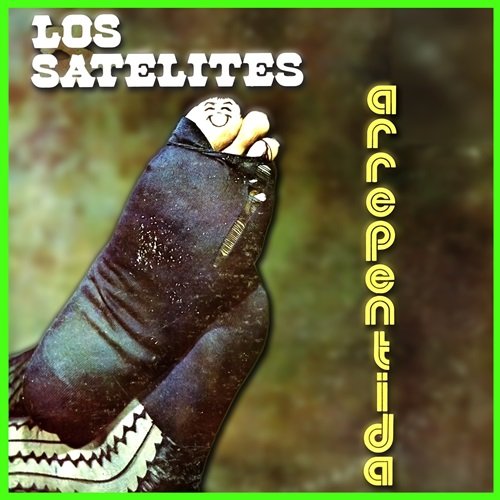
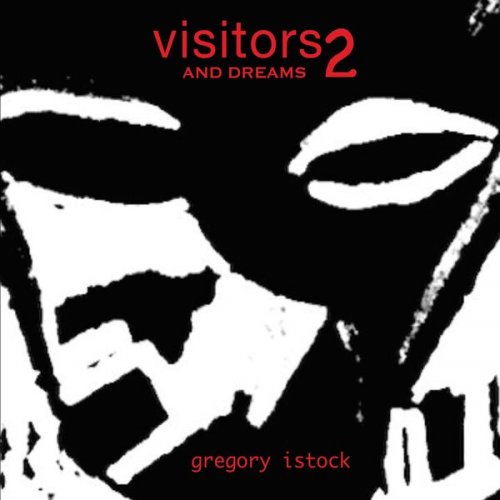
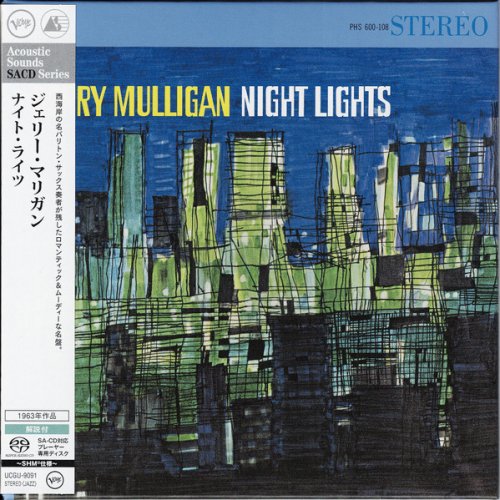
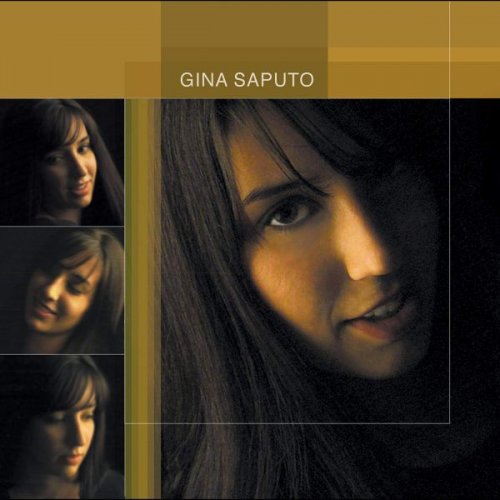
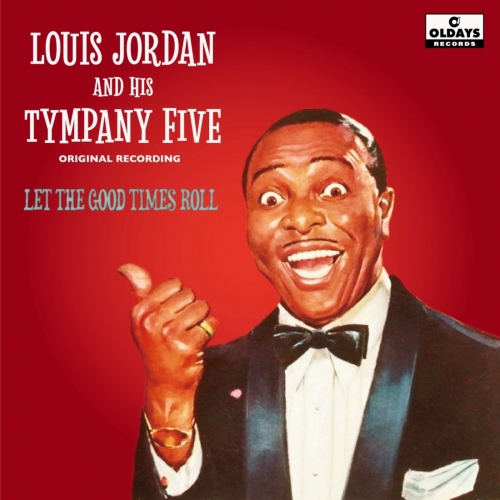
![Various Artists - Éternel Jazz Restauré - Noël Avec Les Étoiles (Édition restaurée) (2025) [Hi-Res] Various Artists - Éternel Jazz Restauré - Noël Avec Les Étoiles (Édition restaurée) (2025) [Hi-Res]](https://img.israbox.com/img/2025-12/24/8zoxz967d1wdq20lhc5fgeyay.jpg)
